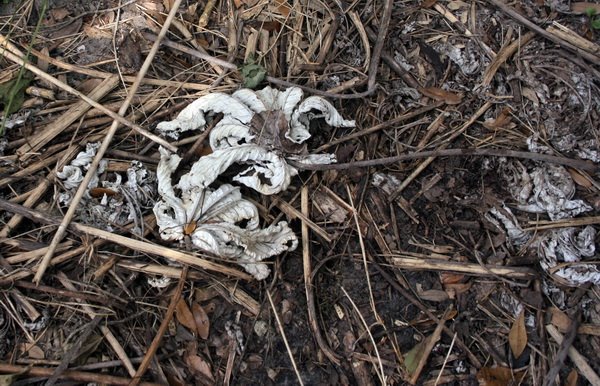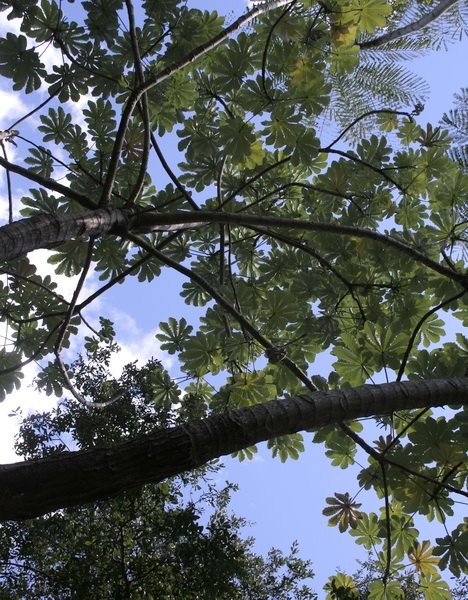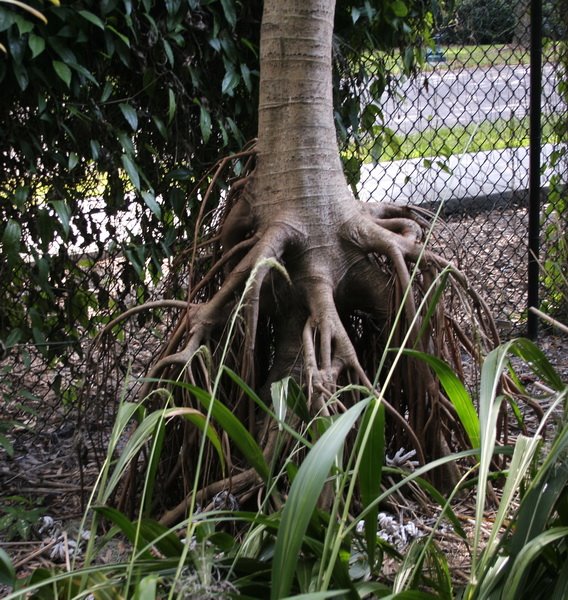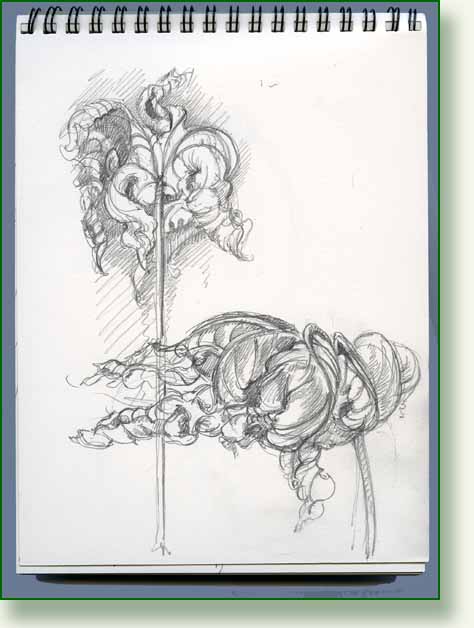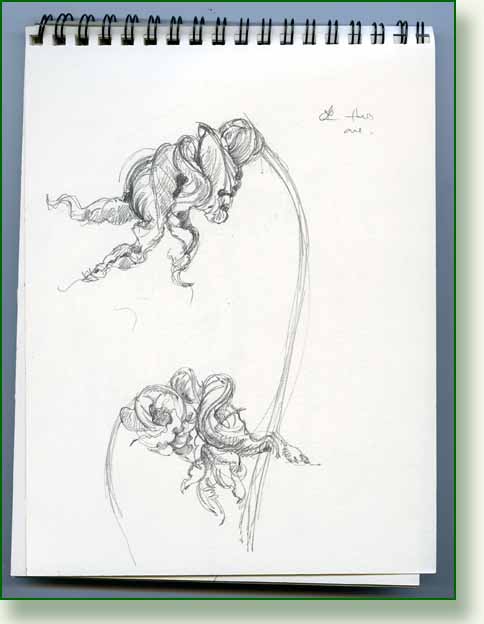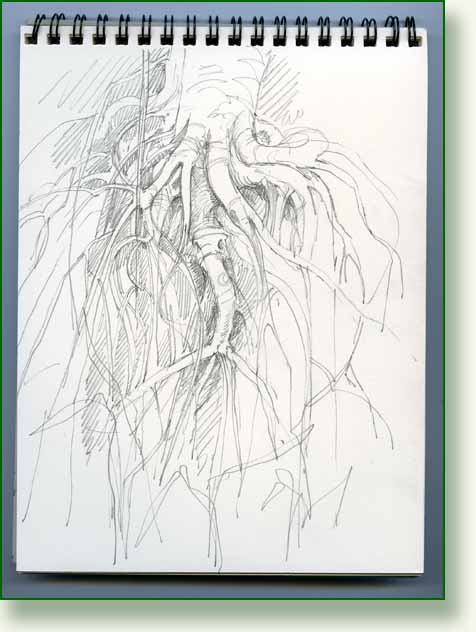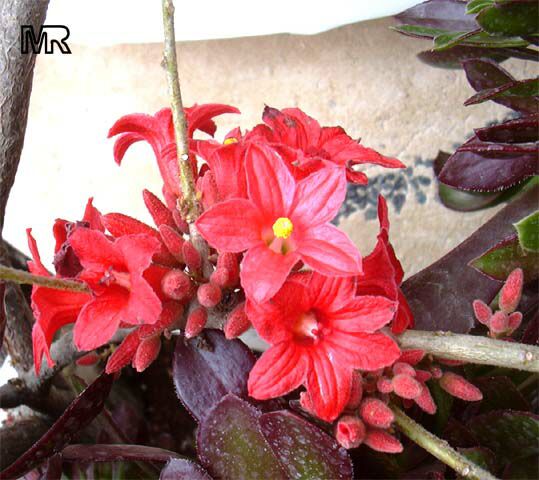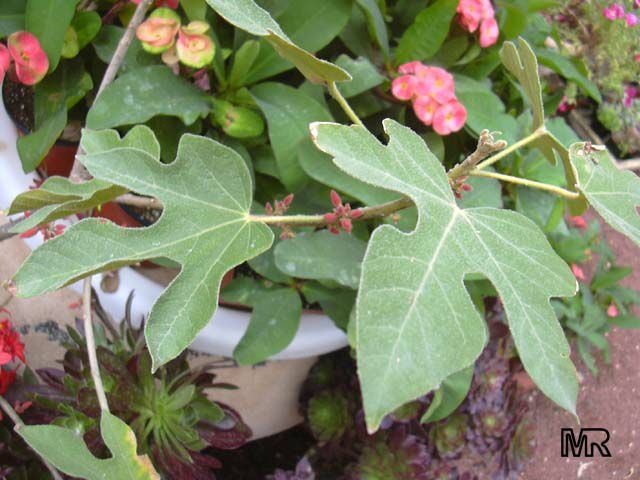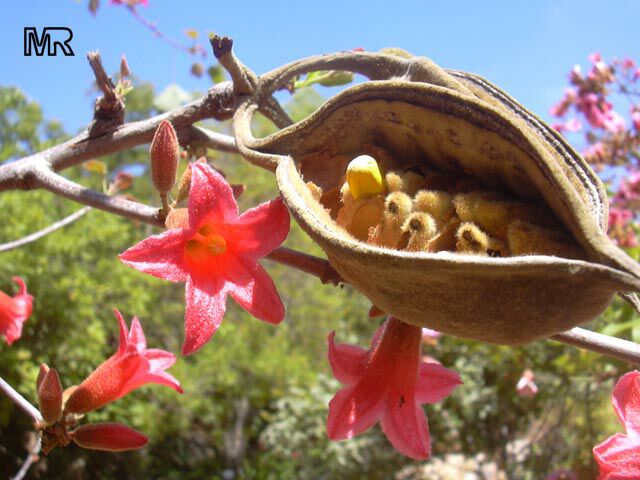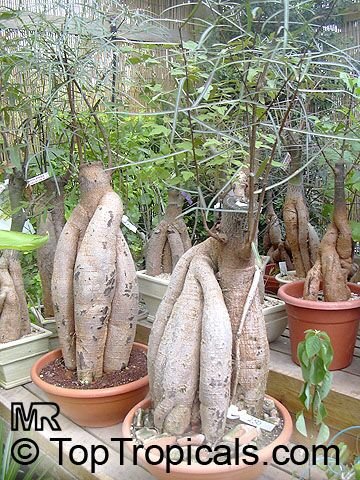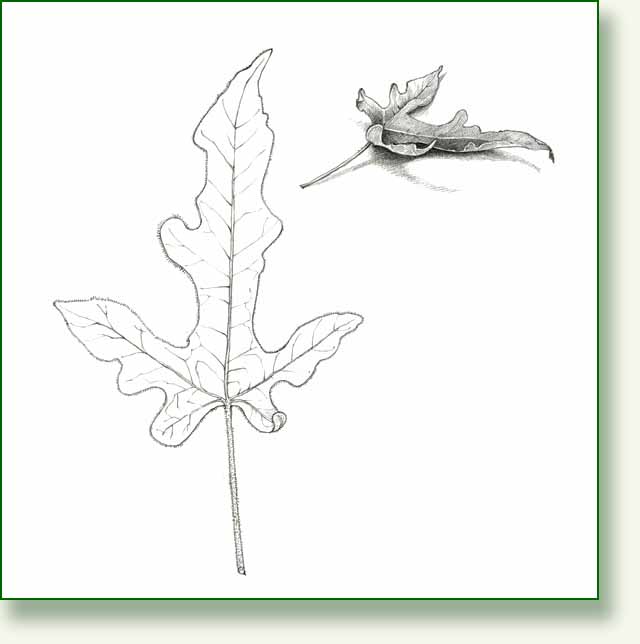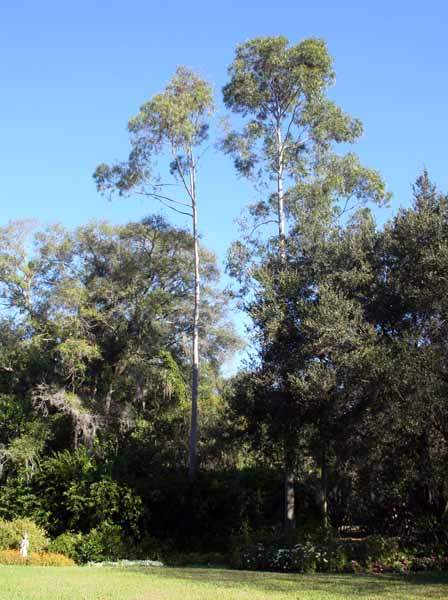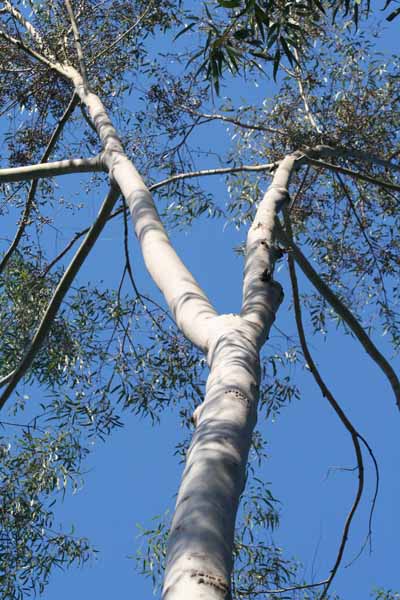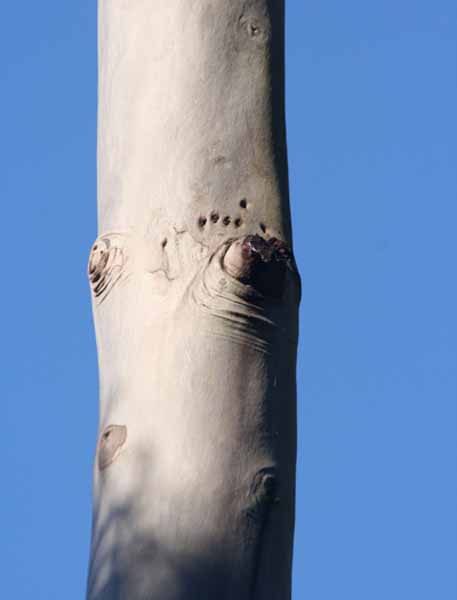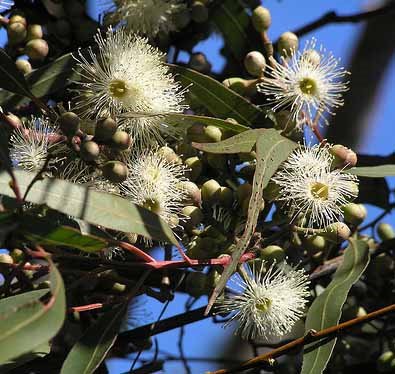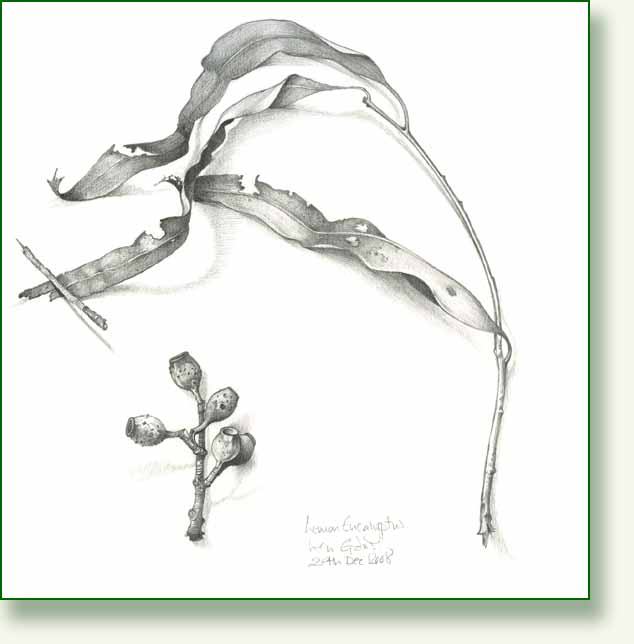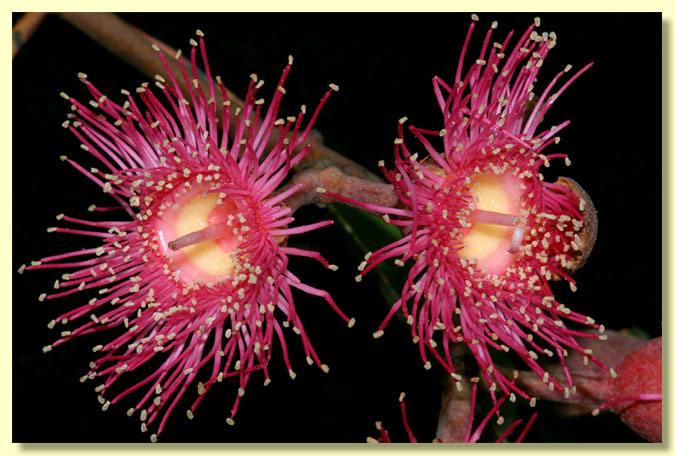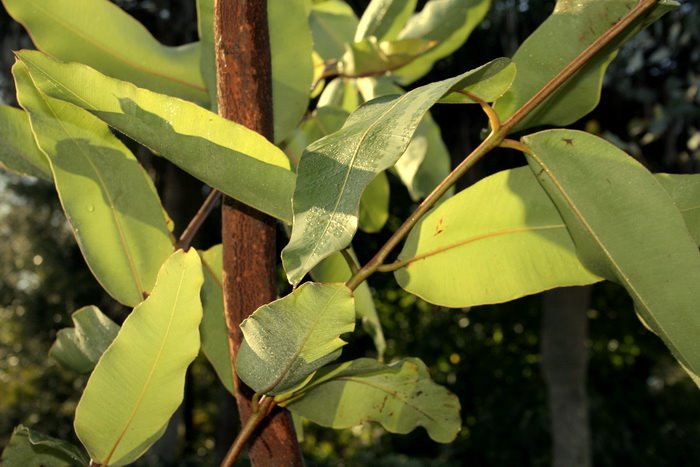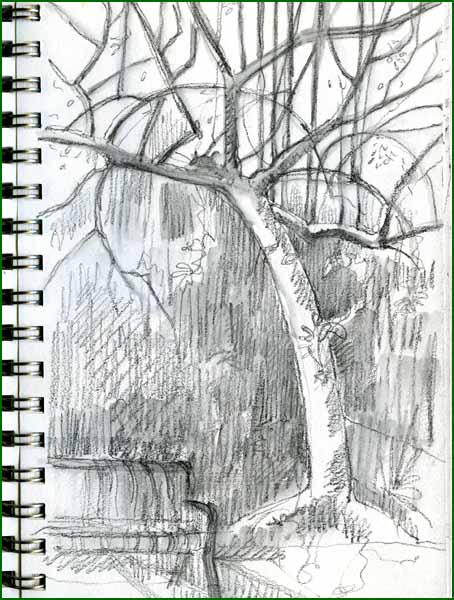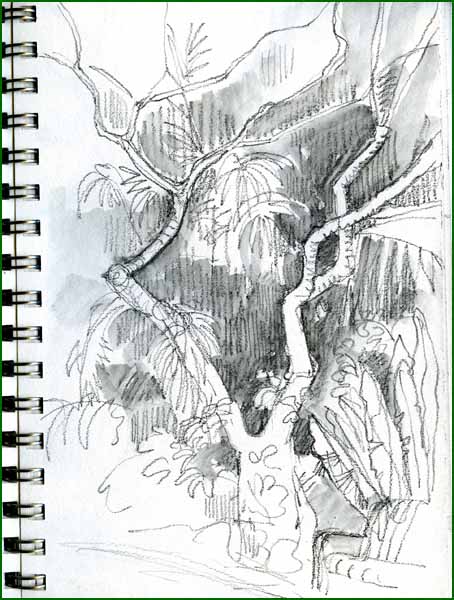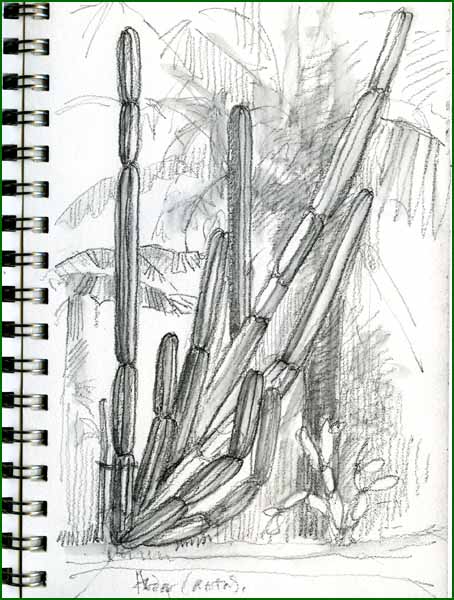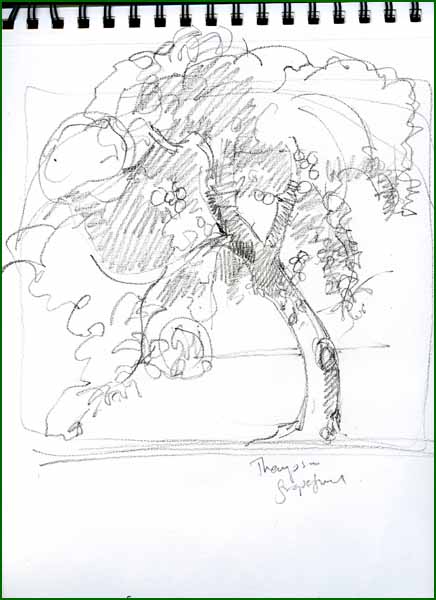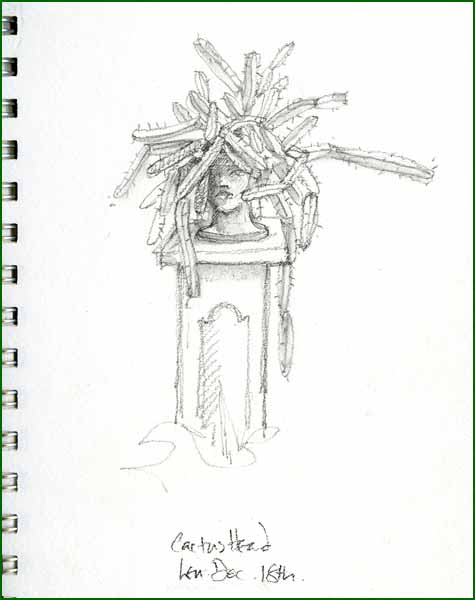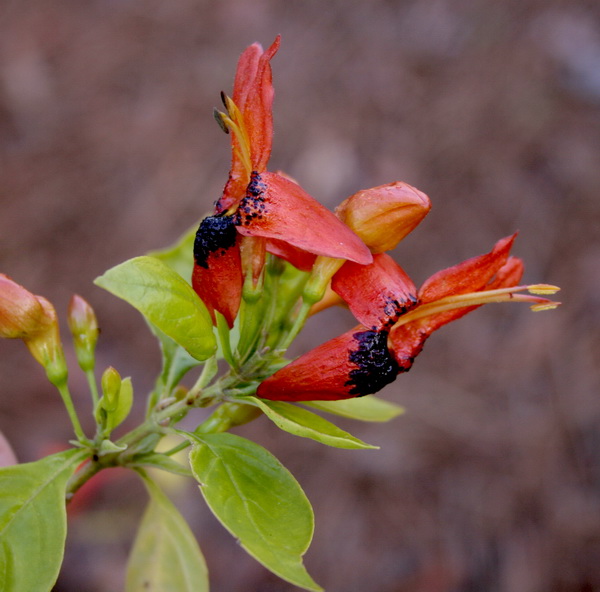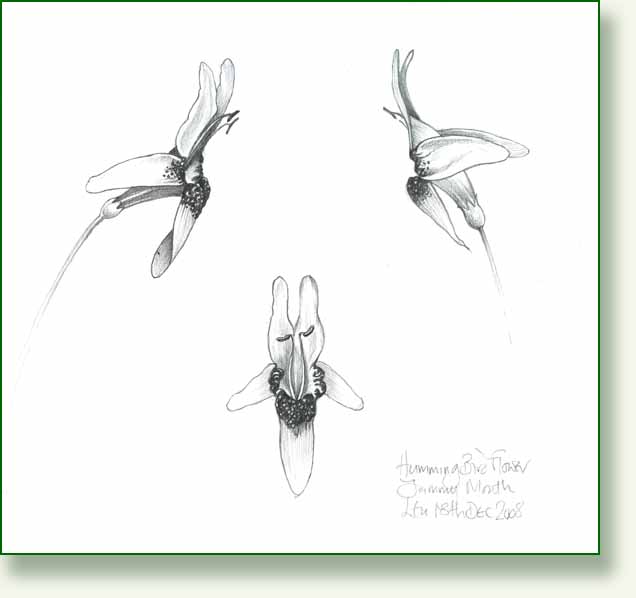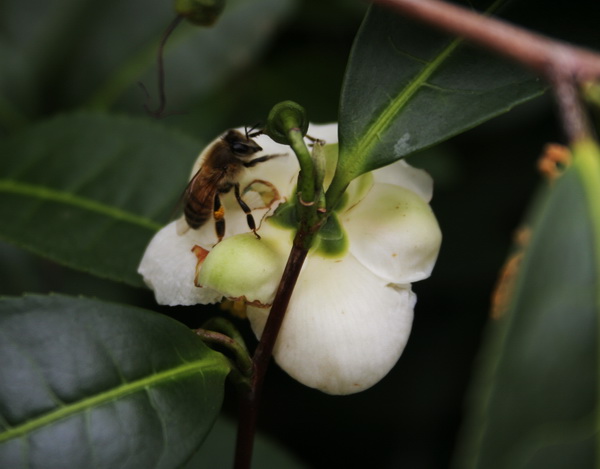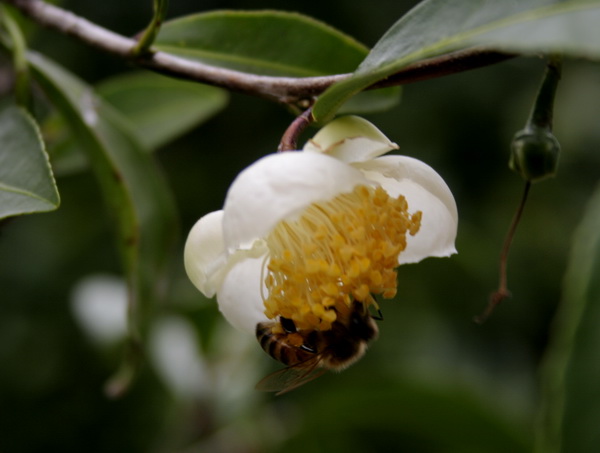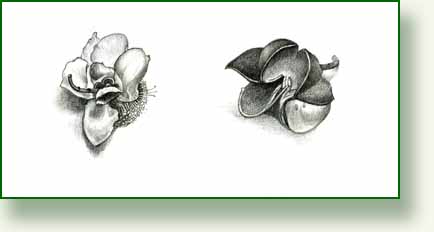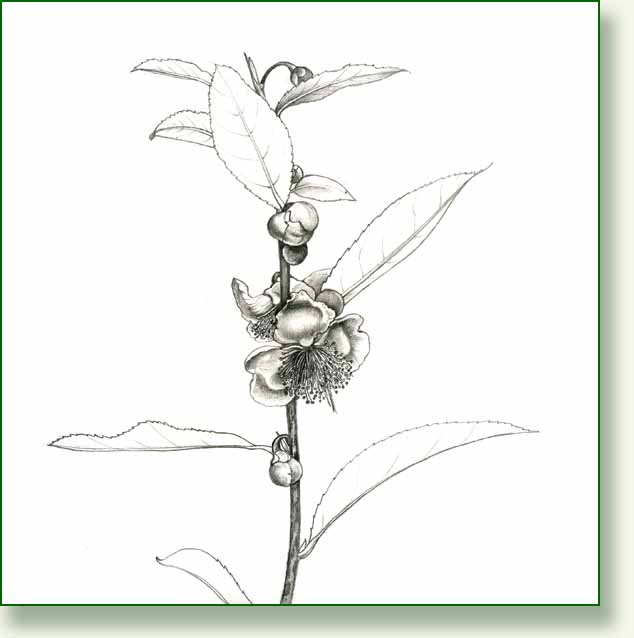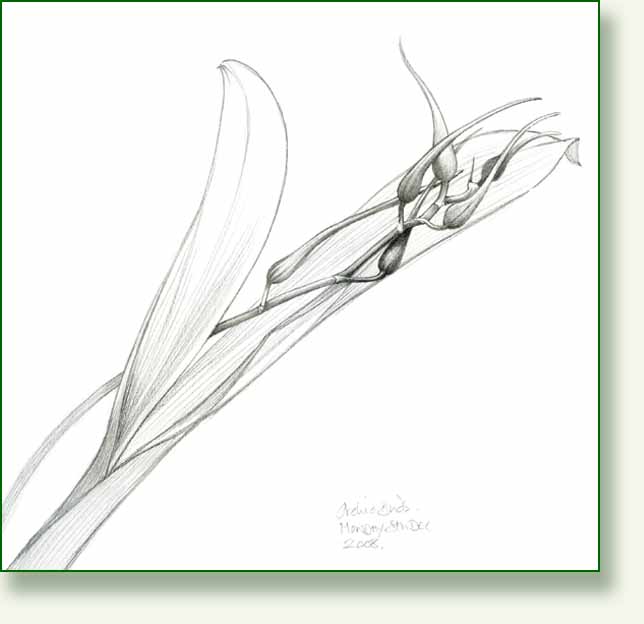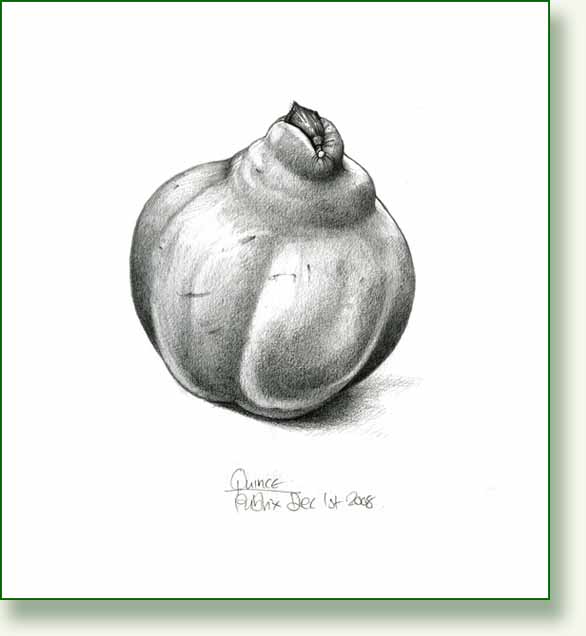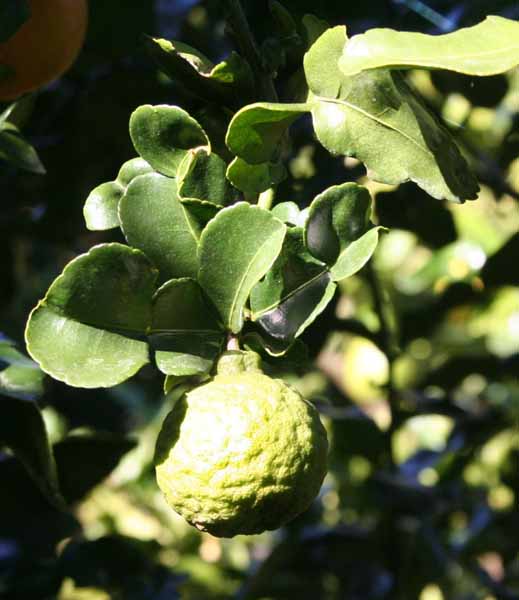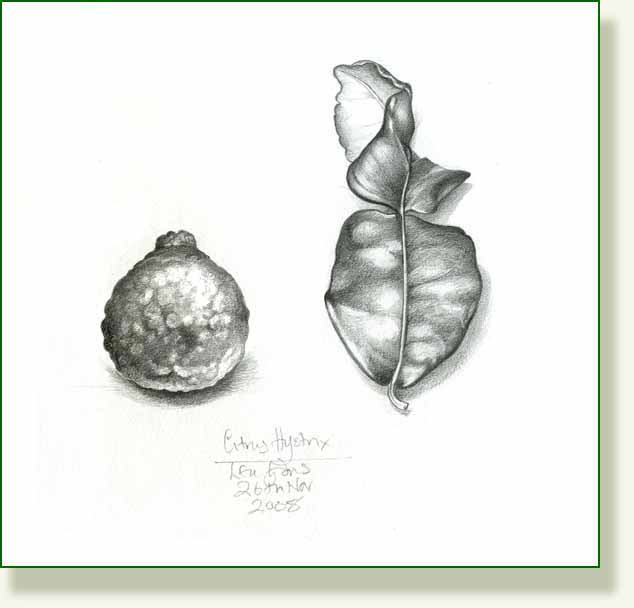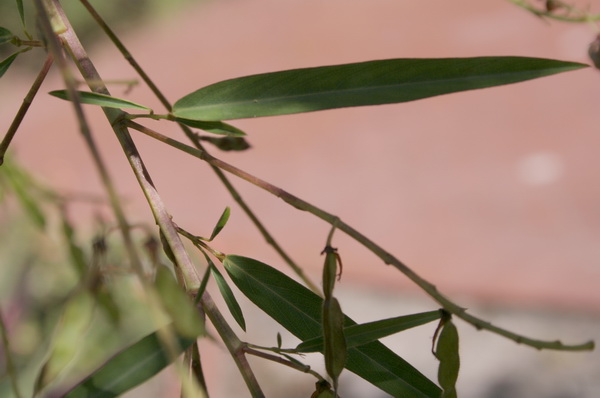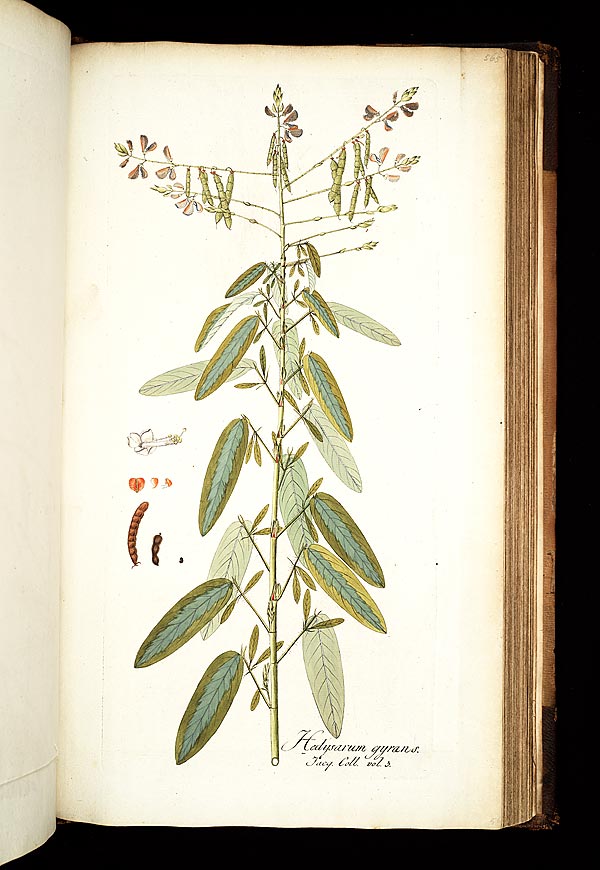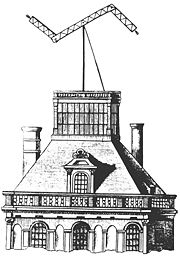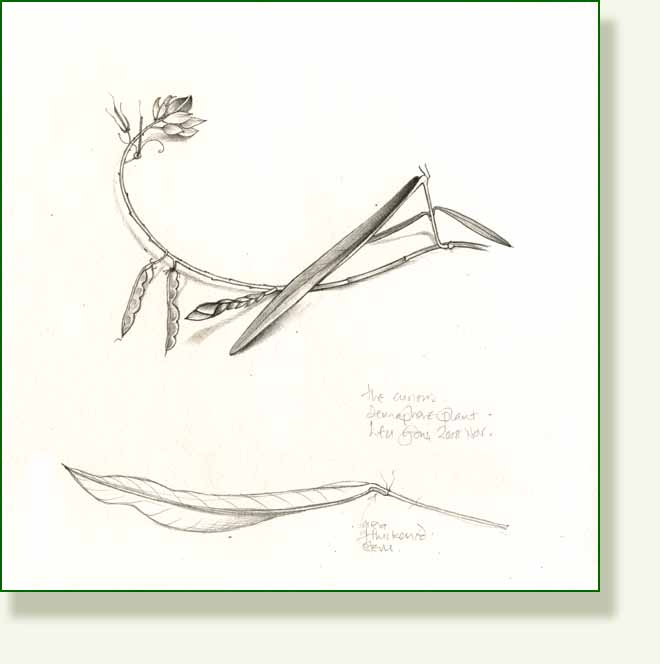The weather is so changeable at the moment, one day a record high and the next a very chilly 20 degrees lower. Chris’ carambola folded up its leaves last night against the cold and has only made a half hearted attempt to unfold them all day, despite some bright sunshine.
I was reminded that in the fridge were some tiny leaves from the odd Telegraph plant, one that I think really fits into the “Novelty Border” of my Imaginary Garden.

It is labeled at the garden as Codariocalyx motorius. It is a leguminous Asian shrub and to be honest is nothing special to look at, until you look more closely and do a bit of reading up. It is native to tropical Asia and earns the name from its habit of rotating and jerking its leaves on their axes.
The plant at Leu is straggly and needs some TLC, but at the moment does have flowers and seedpods and these attractive long slender leaves. The leaves are attached to the stem in an odd way, almost jointed, both at the very base of the leaf and where the leaf joins the stem. This makes them floppy and quite unlike normal leaves. At the base of the leaves you can see a thickened patch which seems to have something to do with this process.

Darwin called the plant Hedysarum, it was also known as Desmodium gyrans and its other common names are Dancing Grass or the Semaphore plant. It moves in response to the sun, its smaller secondary leaves rotating rhythmically and it also seems to dance to music by responding to sound waves.

It was first described in 1779 by the Dutch physician and naturalist Maarten Houttuyn, who named it Hedysarum motorium. It fascinated Darwin who was attempting to study and explain the phenomenon of rapid movement in this and others plants, which he recorded in “The Power of Movement in Plants” published in 1880. He had started studying the telegraph plant some time before, having obtained a sample from his friend Sir Joseph Hooker who had collected specimens in the northeast Indian state of Sikkim. In 1873 Darwin wrote to Hooker
“Now I want to tell you, for my own pleasure, about the movements of Desmodium….The little leaflets never go to sleep, and this seems to me very odd; they are at their games of play as late as 11 o’clock at night and probably later.”

This beautiful image from “Missouri Botanical Garden Rare Books.”
Icones plantarum rariorum / editae Nicolao Josepho Jacquin. Volume 3
here
Darwin didn’t seem to notice the response to sound but thought the twitching reflex was in response to drops of water which he had sprayed on it, rather like shrugging off a cold shower.
However its afinity with music certainly seems to be well documented. Sarah Nell Davidson went out to Thailand to study this plant as part of her doctorate and arrived at the Adorn Sunshine Nursery where Dr. Predict Kampermpool grew his beloved Telegraph plant, which he had rescued from near obscurity.
Here is part of her very interesting article where she looks into this and other plant’s responses to music. More here
I remove my iPod from my backpack and attach a small microphone, which doubles as a tinny speaker. I select a track of Maria Callas—an operatic performance of Il Barbiere Di Siviglia accompanied by plenty of strings—and max out the volume.
The young leaves of the dancing plant begin to fulfill their promise, responding with a back-and-forth motion reminiscent of the ding-dong motions that mark passing seconds on a grandfather clock.
There is another wonderful account of a visit to Dr Kampermpool written by Christopher Kemp in 2003 which can be found here, entitled “The Dancing Plant”. It is a completely delightful read and a tribute to Dr Kampermpool and his quest to find and breed his dancing plant.
“The dancing plant grows unchecked in a secluded enclosure at the back of Kampermpool’s nursery, bursting from a brick trough filled with dark wet soil. Black netting hangs in folds overhead to block the sun’s harmful rays, and barbed wire prevents thieves from breaking in to the enclosure at night and stealing a prized sample of the plant. Surly workers kick halfheartedly at clumps of mud in the fields; bales of barbed wire bake in the sun. To the untrained eye, Kampermpool’s nursery looks more like a gulag.
Kampermpool doesn’t care. He cares only about his dancing plant. If a fire broke out tomorrow among the orchids, jumping steadily from trough to trough and advancing slowly, relentlessly, through the nursery, Dr. Pradit Kampermpool would think of only one thing: The Plant.
He would run selflessly through thick banks of smoke to raise the alarm, to build a firebreak with orchids, to take an emergency clipping of his dancing plant and store it in the damp safety of his mouth, to do something! … anything! … just to save it … save The Plant!
this morning at his nursery, it is not yet 7 o’clock, the sun is still low in the sky, and Kampermpool, who is 65, has already been up for hours, singing softly to his dancing plant. It responds to music, he says proudly. ” It dances, says Kampermpool defensively. “According to our experiments,” he says, “when we are using electronics it doesn’t work well. It likes humans, it likes musical instruments, but they have to be played by humans, my friend. If you sing a song composed by the king, it’s dancing better. This is very strange.”
There is much more lovely writing in the article, including an account of taking tea brewed from the plant which is “an excellent tea for antioxidants”… the writer thinks it smells like marijuanha.
I am still not quite clear why it moves its leaves or quite how. It seems there are special organs in the leaves called pulvini which pump proteins and water into the lateral leaflets which in turn cause the movement. I would need to do a lot more reading before I understand this plant.
It seems to make an attractive houseplant and will give dancing displays on a sunny windowsill. Somewhere I read it likes the Grateful Dead, others that it responded better to “muzak” than heavy rock. It seems music is a personal choice for plants too.
I had felt that “semaphore plant “rather than “telegraph plant” was much more apt until I read that the earliest form of telegraph was mechanical .. messages being sent through a series of shutters from town to town.

I am not sure if anyone has tried to interpret the semaphore signals of the this little dancing plant, but if you feel that you should have a go and need to brush up your semaphore, this chart will come in handy.

If you enjoy watching paint dry, go to Youtube and look for “dancing plant ” films. You will find some excruciatingly slow co-operation from some of the the leaves and a very funny Japanese video of a man “singing” to his plant in the hope of getting a response.. not much happens!
If you are more interested in high tech plant responses, have a look at the wired-up Blogging Plant called Midori-San in the Japanese cafe, telling us how it feels about being an Internet super star every day..( many many hits to choose from, one appropriately with video from the Telegraph, here )
______________________________________________
 The Telegraph Plant
The Telegraph Plant


